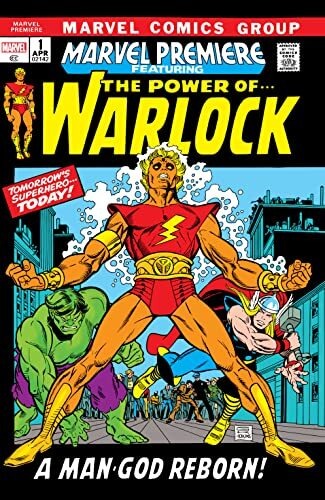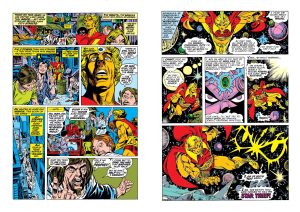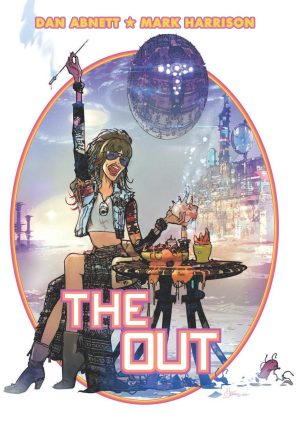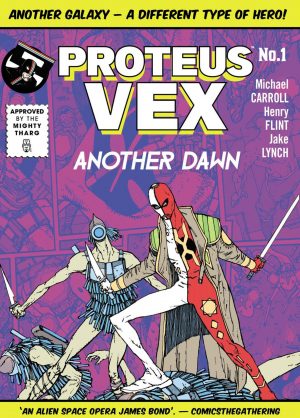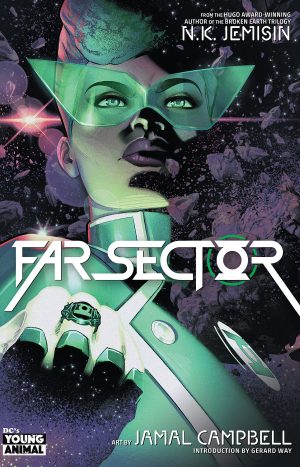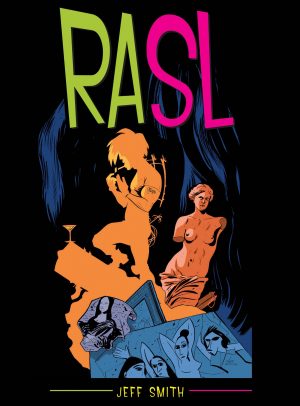Review by Frank Plowright
Adam Warlock had two distinct phases in the 1970s, both originally acclaimed, but one just a brief imaginative spark and the other a sustained success. A lot of writers are credited, but only two matter.
Much credit is initially due to Roy Thomas for taking one of Jack Kirby’s throwaway creations, a technologically generated specimen of human perfection, and recasting him in an allegorical tale on an alternate Earth where he’s the put-upon equivalent of Jesus. It’s spectacularly drawn by Gil Kane, who unlike Thomas does stick around for a while, his standards never falling, and it’s surely no coincidence that this incarnation was cancelled shortly after Kane was replaced by Bob Brown. Thomas’ hip 1970s dialogue hasn’t dated well, and his opening three chapters are torn between trying something new and traditional action comics, but it’s a brave attempt. Mike Friedrich drops the allegory, but has nothing interesting to replace it other than the idea of a well-intentioned alternative Doctor Doom.
With Warlock dropped into mediocrity no-one really paid attention when Jim Starlin took over his destiny. Starlin kept Warlock away from the mainstream Marvel universe for a long time, instead constructing a complex space opera featuring a hero suffering from depression and eventually suicidal, facing a menacing vision of his possible future and the threat of Thanos wanting to end all life. Starlin had taken a dry run at a similar story featuring Captain Marvel, but that’s flawed and there’s a conceptual purity to his Warlock, from a creator whose Catholic upbringing and Vietnam war experiences feed into themes of corrupt organised religion and anti-imperialism. If that makes Starlin’s efforts sound dry and worthy at best, be informed there are also moments of comedy, from the absurdism of a kangaroo court parodying Marvel, admittedly heavy-handed, to the farce of Pip the Troll remaining true to his fundamentally licentious nature.
Above all, Starlin took comics into new territory by producing his story in shades of grey. Is Warlock actually a hero? Certainly not in his Magus identity, and there are places where even Thanos comes across as the good guy, although not very often. It remains conceptually strong as well. One can imagine a young Grant Morrison paying attention to the story of a guy lying comatose on Earth while his mind wanders the universe exterminating planets.
Artistically there are a few rough spots, but Steve Leialoha’s inks sort them out, with Leialoha also occasionally drawing over Starlin’s layouts. The star spattered backdrops Starlin created remain memorable. Starlin would later tarnish the memory of his earliest Warlock stories with a lot of material nowhere near as personal or accomplished, but there’s a reason his original story has been reprinted in several different formats over the years, yet strangely never before 2023 as an oversized hardcover. Other editions such as Essential Warlock, the standalone paperback and the Marvel Masterworks hardcovers have sold out rapidly and their price has risen, and that being the case why not head for a classic in this format?
Other creators noted as writers or artists take on Warlock for a single chapter, none of them matching Starlin’s work, although Gerry Conway at least attempts to bring the original version back to coherence.
